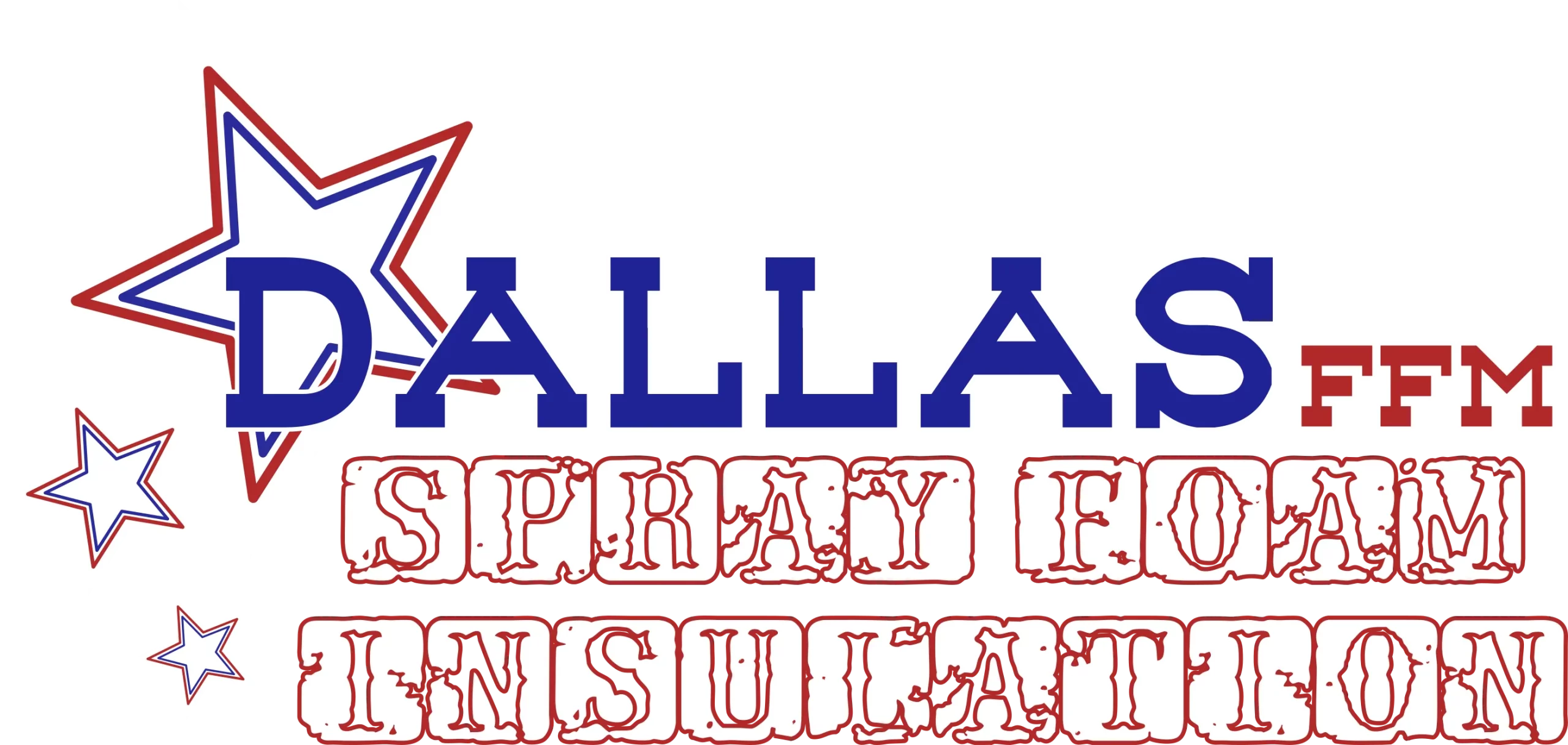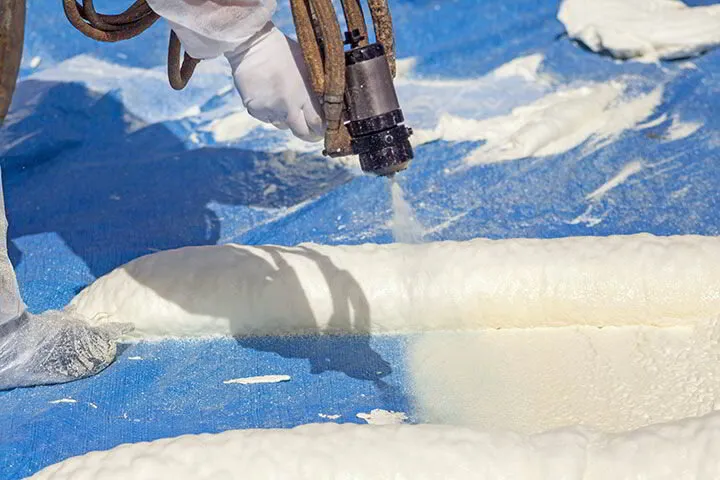Spray foam insulation is an effective solution for enhancing energy efficiency in homes and commercial buildings. Its superior air-sealing properties prevent heat loss, reduce noise, and strengthen structures. However, many homeowners wonder whether they can install spray foam insulation themselves instead of hiring a professional. While DIY spray foam kits are available, the installation process is complex, requiring specialized equipment, safety precautions, and knowledge of building science.
Understanding Spray Foam Insulation
Spray foam insulation is a chemical-based product that expands upon application, filling gaps, cracks, and cavities. It comes in two primary types:
- Open-cell spray foam: Lightweight and flexible, offering good soundproofing but lower insulation value.
- Closed-cell spray foam: Denser and more rigid, providing higher insulation value and moisture resistance.
Both types require proper handling during installation to ensure effectiveness and safety.
Challenges of DIY Spray Foam Installation
While DIY spray foam kits are available, several challenges make professional installation the preferred option.
1. Technical Application Process
Applying spray foam requires precision to achieve the correct thickness and coverage. Uneven application can lead to air pockets, reduced insulation performance, and potential structural issues.
2. Health and Safety Risks
Spray foam contains chemicals like isocyanates that can cause respiratory issues, skin irritation, and eye damage. Proper ventilation, protective gear, and strict handling procedures are essential to prevent exposure.
3. Equipment and Costs
DIY spray foam kits include hoses, spray nozzles, and chemical tanks, but achieving professional-grade results requires specialized equipment, such as heated hoses and pressure regulators. The cost of high-quality kits can also be significant, reducing potential savings.
4. Building Code Compliance
Proper insulation requires adherence to local building codes and regulations. Professional installers ensure compliance, preventing issues related to fire resistance, moisture control, and energy efficiency standards.
When DIY Spray Foam Installation Might Work
In some cases, a DIY approach may be feasible, but only for minor projects with minimal risk factors.
1. Small-Scale Projects
DIY spray foam can be suitable for sealing small cracks, and gaps around windows, doors, and plumbing penetrations. These applications require minimal expertise and reduce the risk of improper installation.
2. Attic and Crawl Space Insulation
If the space is well-ventilated and the homeowner follows safety guidelines, applying spray foam in the small attic or crawl space sections may be manageable.
3. Temporary Fixes
DIY kits can provide temporary insulation solutions while waiting for professional services. However, they should not replace a full-scale professional installation.
Why Professional Installation is Recommended
For large-scale insulation projects, hiring a professional spray foam installer is often the best choice. Here’s why:
1. Expertise and Experience
Professionals have the training and experience to apply spray foam correctly, ensuring optimal coverage, adhesion, and expansion for maximum insulation performance.
2. High-Quality Equipment
Industrial-grade spray foam equipment ensures better control over the application process, leading to consistent insulation thickness and effectiveness.
3. Safety and Compliance
Certified installers follow strict safety protocols and ensure compliance with building codes. This prevents potential hazards like improper ventilation, off-gassing, and fire risks.
4. Warranty and Longevity
Professional installations often come with warranties, protecting homeowners from installation-related issues. Properly installed spray foam can last decades without degradation.
Cost Comparison: DIY vs. Professional Installation
The cost of spray foam insulation depends on the type of foam, project size, and installation method.
| Factor | DIY Installation | Professional Installation |
| Material Cost | $1.00 – $2.00 per board foot | Included in the service cost |
| Equipment Rental | $200 – $500 | Included |
| Safety Gear | $50 – $100 | Included |
| Labor | Free (self-performed) | $2.00 – $5.00 per square foot |
| Compliance & Inspection | Not included | Included |
| Warranty | None | Manufacturer-backed |
While DIY kits may seem cost-effective, improper installation can lead to additional expenses in repairs, reinstallation, or increased energy bills.
Best Practices for DIY Spray Foam Application
If attempting a DIY installation, following best practices can improve safety and effectiveness.
1. Read Manufacturer Instructions
Every spray foam kit comes with specific guidelines on mixing, application, and curing times. Adhering to these instructions ensures optimal results.
2. Ensure Proper Ventilation
Spray foam releases fumes during application. Using exhaust fans, opening windows, and wearing a respirator can minimize exposure risks.
3. Wear Protective Gear
Personal protective equipment (PPE) should include goggles, gloves, a respirator, and long sleeves to prevent direct contact with chemicals.
4. Practice on a Test Surface
Before applying spray foam to the target area, testing on a small surface can help control expansion and avoid over-application.
5. Monitor Temperature and Humidity
Spray foam performs best within specific temperature and humidity ranges. Cold temperatures can slow curing, while excessive humidity can affect adhesion.
Conclusion
While DIY spray foam installation may be an option for small projects, professional installation offers superior safety, efficiency, and long-term benefits. Homeowners looking for reliable spray foam insulation in Dallas, TX, should consider hiring an expert to ensure optimal results and compliance with local building codes.
Get Professional Spray Foam Insulation Today
For expert spray foam insulation services in Dallas, TX, contact Dallas FFM Spray Foam Insulation. Their professional team provides high-quality installation that maximizes energy efficiency, safety, and durability.
FAQs
Is it safe to install spray foam insulation yourself?
DIY spray foam kits can be safe if proper safety measures are followed. However, the risks of chemical exposure, improper application, and building code violations make professional installation the safer choice.
How much does a DIY spray foam kit cost?
A small DIY spray foam kit costs between $300 and $600, depending on coverage area and foam type.
Can DIY spray foam cause problems?
Yes, improper application can lead to gaps, air leaks, poor insulation performance, and off-gassing issues, potentially affecting indoor air quality.
What areas are best suited for DIY spray foam?
DIY kits work well for sealing gaps, small attic spaces, and crawl spaces but are not ideal for large-scale wall or roof insulation.
How long does spray foam take to cure?
Spray foam typically cures within 24 hours, though this depends on temperature and humidity conditions.
Can spray foam be removed if applied incorrectly?
Removing improperly applied spray foam is challenging and may require scraping solvents, or professional removal services.
Does DIY spray foam meet building codes?
Most DIY applications do not meet building code requirements, particularly for fire resistance and air sealing effectiveness.
Is closed-cell or open-cell better for DIY projects?
Open-cell foam is easier to work with for DIY applications, while closed-cell provides better insulation but requires professional handling.
Can DIY spray foam be used on metal buildings?
Yes, but professional installation is recommended for proper adhesion and moisture control.
What are the signs of poor spray foam installation?
Common signs include uneven surfaces, gaps, excessive shrinkage, and a strong chemical odor lingering beyond the curing period.



